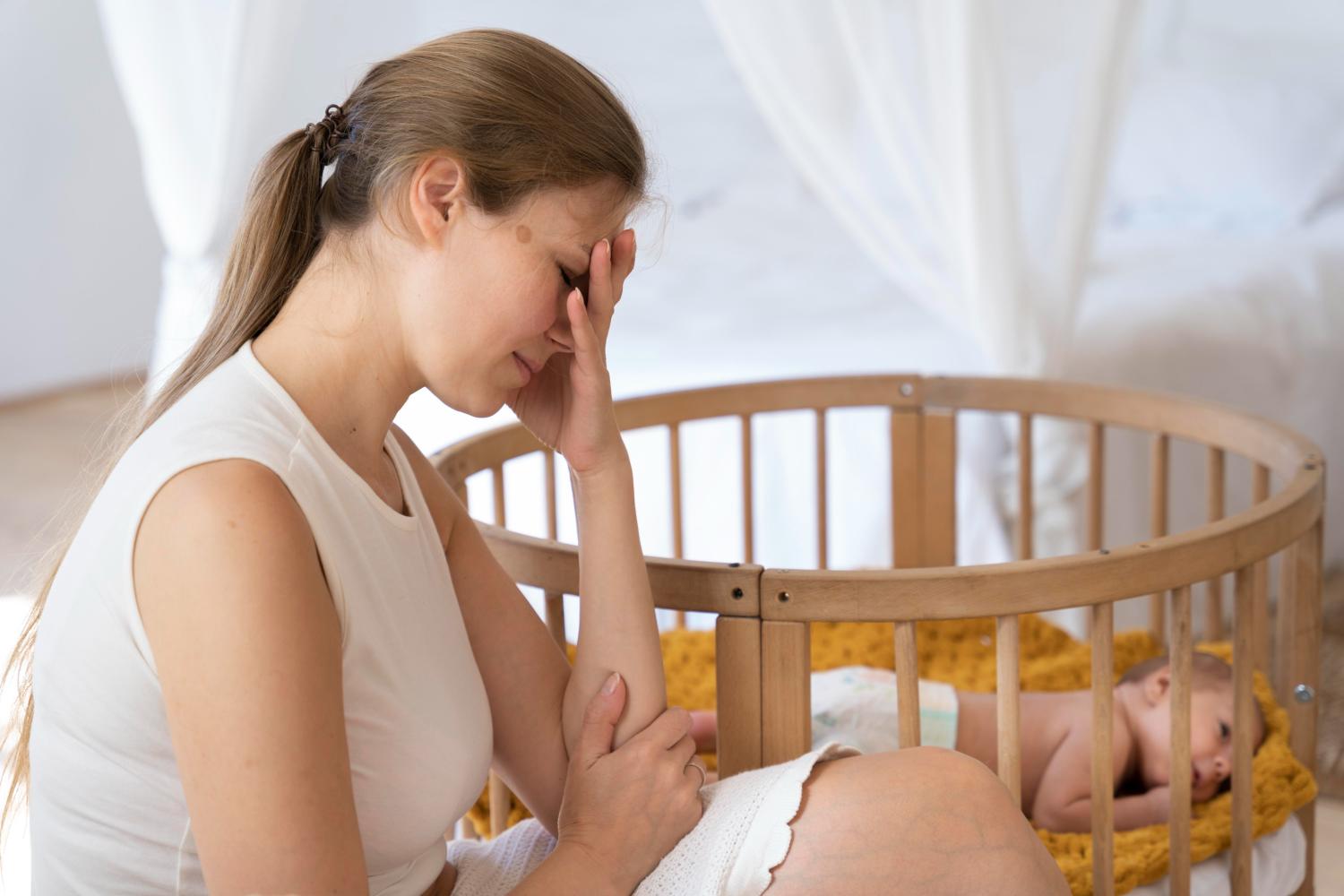
Uterine Fibroids, also known as leiomyomas, myomas or fibromas, are the most common benign tumors of the uterus. Most women have no symptoms. They range in size from very tiny to some of them being so large that they push the bladder or the ribs. Some are single fibroids and other form in clusters. They also differ in their growth pattern – some remain in the same size, others grow and enlarge rapidly while few other shrinks in their size. Uterine Fibroids usually appear during the childbearing age.
Classification:
Fibroids are classified into following types based on their locations:
Intramural Fibroids
Subserosal Fibroids
Submucosal Fibroids
Cervical Fibroids
Symptoms of Uterine Fibroids
Most of the women who have fibroids don’t have any symptoms. Few of them have and the symptom depends on their size, location. Common symptoms include:
Heavy menstrual bleeding
Prolonged periods
Spotting between periods
Pelvic pressure or pain
Frequent urination
Difficulty emptying the bladder
Constipation
Pain during sex
Backache or leg pains
Miscarriages or Infertility
Causes of Fibroids:
The exact cause of fibroids is not known. However, there are research which shows certain factors that could play a role:
Family History
There have been instances of fibroids developing in women of the same family
Hormones
Fibroids are generally seen during the reproductive age when there is increased production of hormones like estrogen and progesterone. It is also noticed that fibroids often shrink after menopause due to decrease in hormone production.
Race
It is seen that women of African ancestry are two to three times more likely to develop uterine fibroids
Getting your first period at an early age
Vitamin D deficiency
Lifestyle
Alcohol use particularly beer
Having a diet higher in red meat
Diagnosis:
Uterine fibroids, depending on the condition, can be diagnosed by Pelvic exam, X-Ray, Ultrasound, MRI, CT scans, endometrial biopsy, hysterosonogram (HSG) and blood test. The best way to detect uterine fibroids are through ultrasound examination.
Treatment of Uterine Fibroids
For cases without any symptoms, doctor advises no treatment but intermittent observation. In women whose fibroids are large and are causing significant symptoms, treatment become necessary. Suitable treatment option will be suggested based on the condition:
Hysterectomy
It involves the removal of the entire uterus.
Myomectomy
Fibroids are removed but the uterus is left intact
Gonadotropin-releasing hormone agonists (GnRH agonists)
The levels of estrogen are reduced and “Medical Menopause’ induced
Progestin-releasing intrauterine device IUD)
A progestin-releasing intrauterine device can relieve heavy bleeding caused by fibroids. They only provide symptom relief.
Anti-hormonal agents
Certain drugs that block the action of estrogen and progesterone are used
Tranexamin acid
This medication is given to ease heavy menstrual bleeding. Again only provide symptom relief.
Non-steroidal anti-inflammatory drugs (NSAIDs)
They are given to relieve pain and inflammation
Endometrial ablation
It A specialized instrument is inserted in your uterus which uses either heat, microwaves, hot water or electric current to destroy lining of the uterus. It either stops menstruation or reduces menstrual flow.
Uterine artery embolization
It is a minimally invasive procedure where the arteries supplying blood to the fibroids are embolized (blocked).
MRI-guided focused ultrasound surgery
It is a non-invasive procedure where sound waves are used to target and destroy small areas of fibroid tissues
For questions related to Uterine Fibroids and their treatment options, drop your message here – http://www.kjkhospital.com/contact-us/





